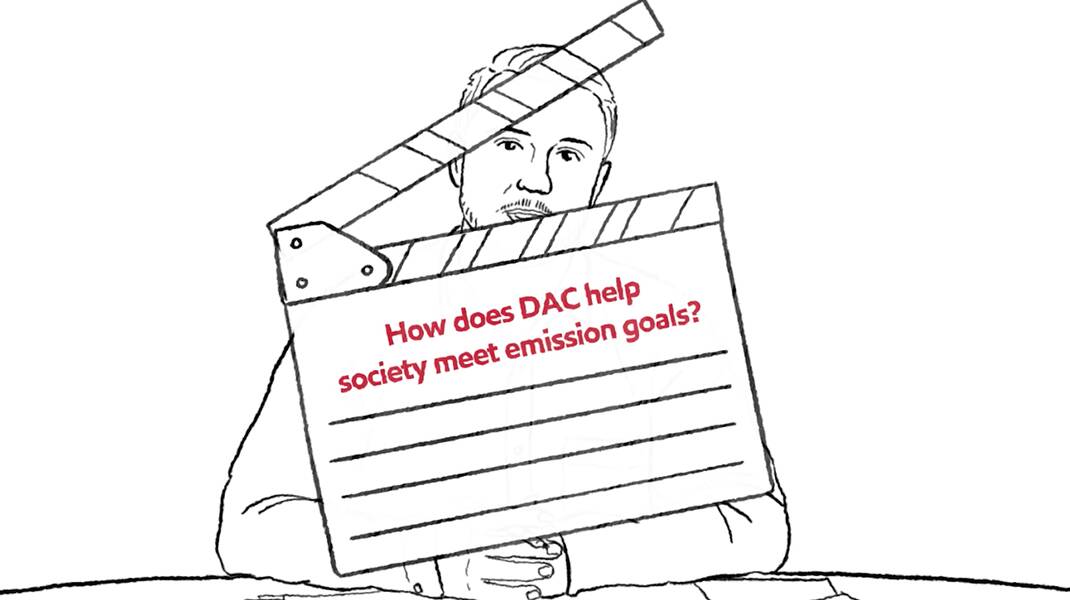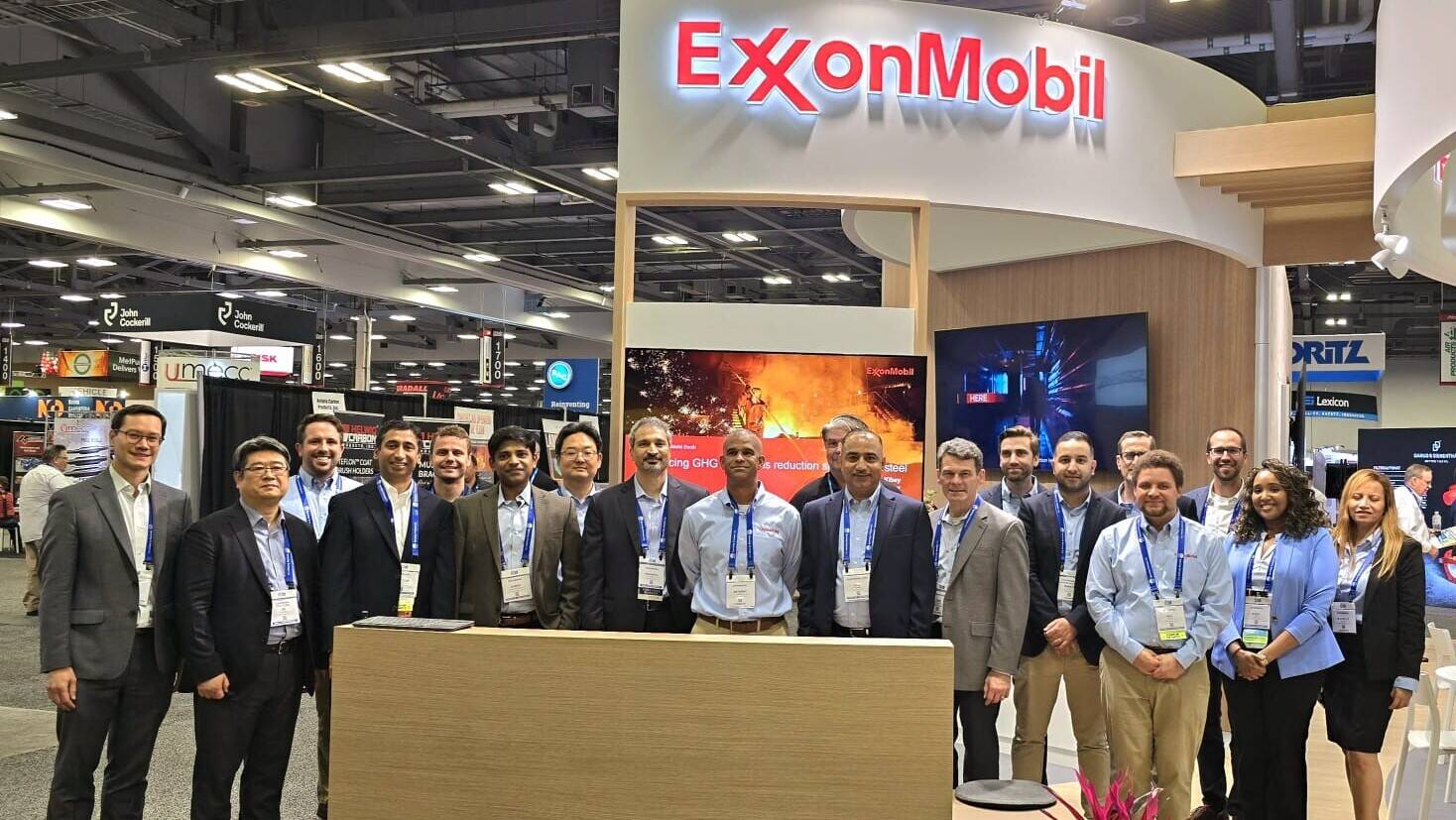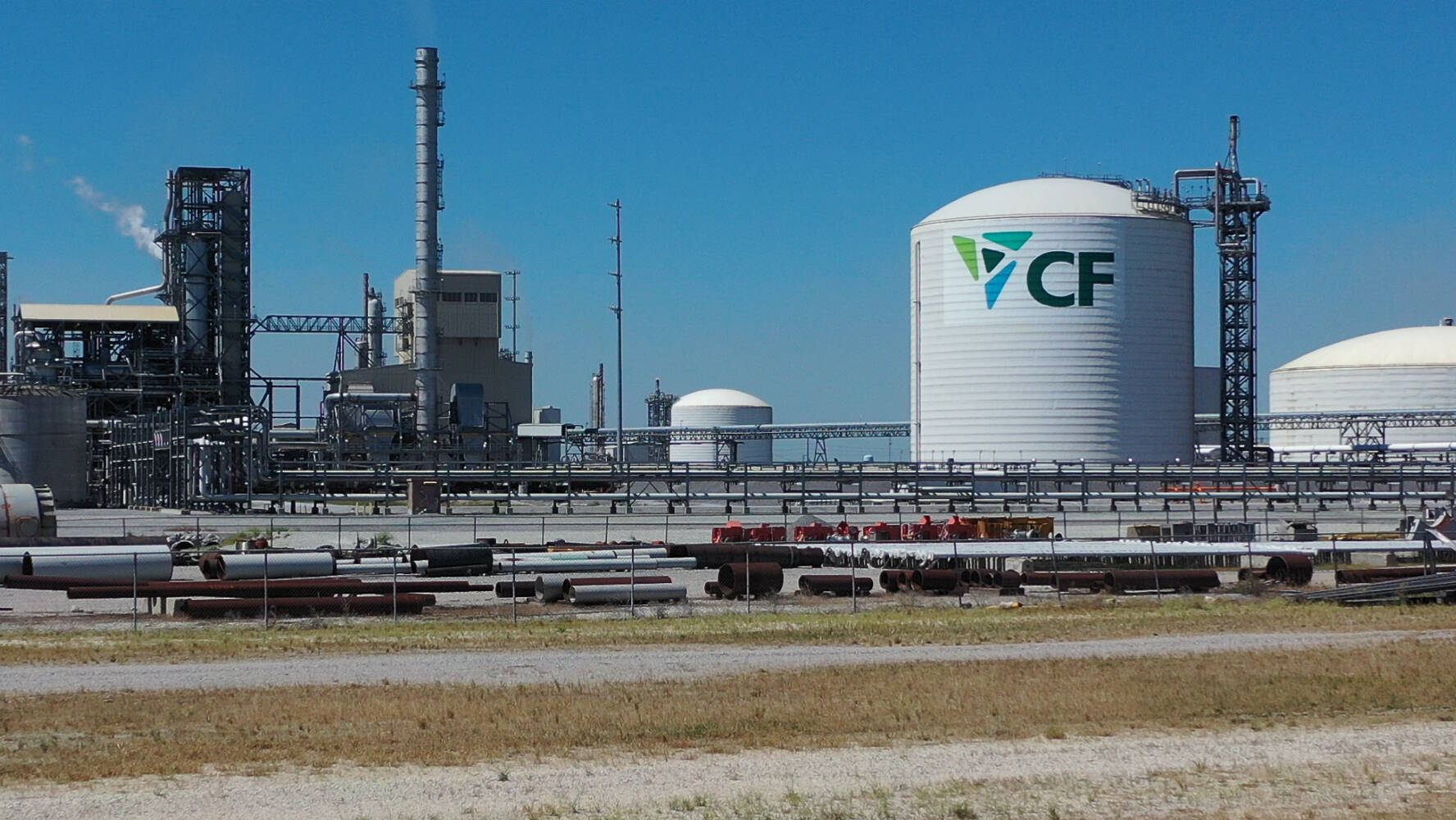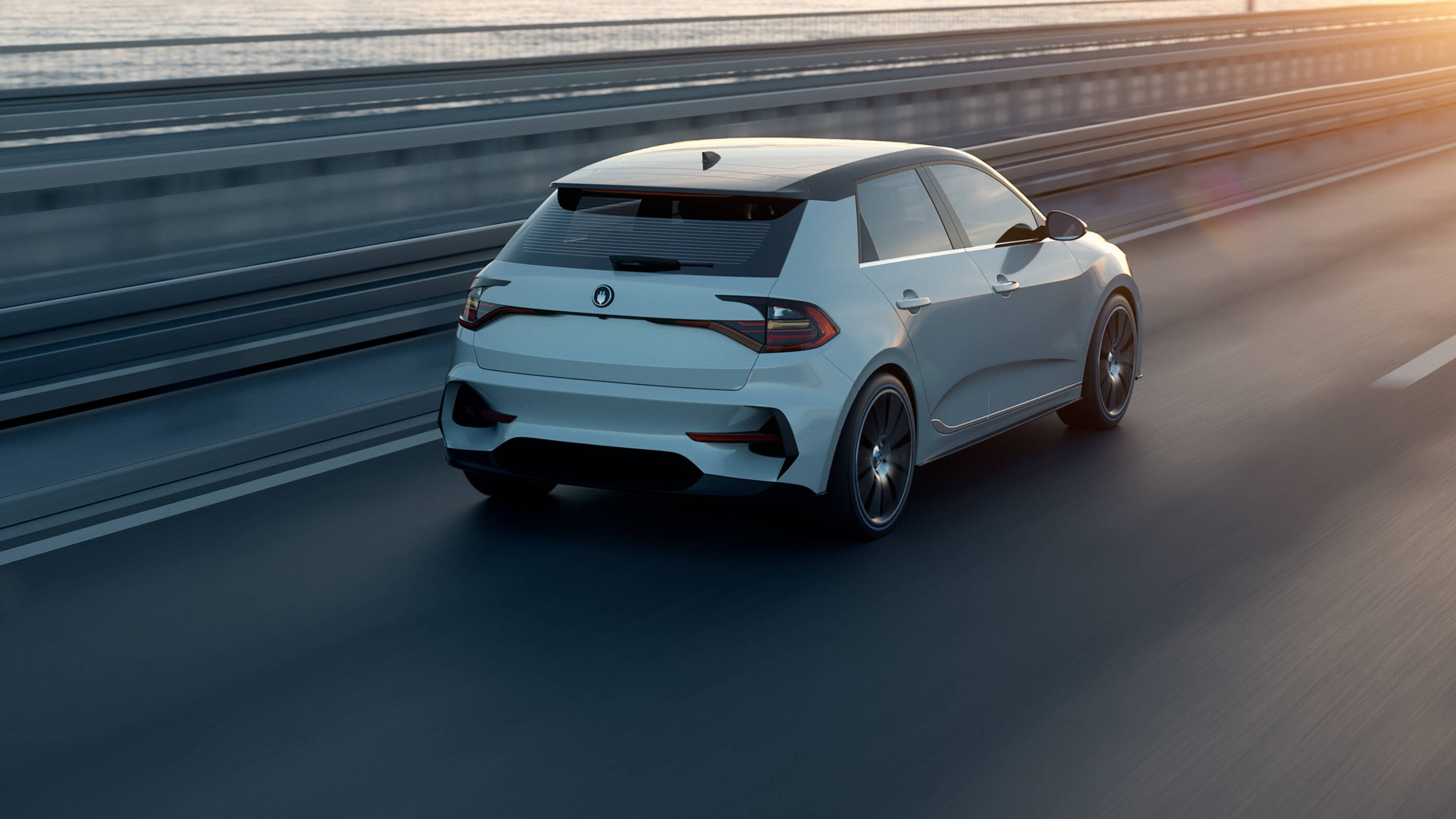3 min read
• May 8, 2025Low-carbon ammonia: Reducing emissions, energizing industry
- Ammonia is a key ingredient in fertilizer and can be used as a fuel for power and transportation.
- Its popularity is rising because it doesn’t produce CO2 when used, but we need to manage the emissions from making it.
- Our proposed project in Baytown aims to do just that.
3 min read
• May 8, 2025Navigate to:
By now, you've probably heard about our proposed Baytown low-carbon hydrogen project. What you might not know about is our side gig: low-carbon ammonia.
So, what is ammonia?
Ammonia (NH₃) is a fascinating compound made up of nitrogen and hydrogen. It’s versatile and wears a lot of hats.
You might associate it with household cleaning products, but its uses go way beyond that. Ammonia is super important for farmers because it’s a key ingredient in fertilizers that help grow our food.
It can also be used as fuel to generate electricity and power the transportation industry, with no CO2 emissions at the point of use.
But that’s not all. It also serves as a great hydrogen carrier with one very important caveat: It’s much easier to transport than hydrogen.
While hydrogen requires extremely low temperatures or high pressures to be stored as a liquid, ammonia can be stored and transported at more manageable conditions, making it easier to export.
What is low-carbon ammonia?
Put simply, it’s ammonia produced with fewer emissions.
The type of low-carbon ammonia we plan to produce is called blue ammonia, which involves capturing and storing CO2 emissions when we make it.
Blue ammonia allows us to reap the benefits of ammonia while also reducing emissions associated with its production.
Our Baytown project
Expected to be the world’s largest upon startup, our proposed Baytown Blue Hydrogen and Ammonia project is gearing up to produce up to 1 billion cubic feet of low-carbon hydrogen per day and more than 1 million tons of low-carbon ammonia annually.
By scaling up production in the US, we can drive economic growth, create jobs and strengthen the US energy industry.
This isn't just any low-carbon hydrogen and ammonia
We start with our differentiated natural gas (DNG) as feedstock. DNG is natural gas we produce in places like the Permian Basin where we are significantly lowering emissions from our operations.
When our DNG is transformed into hydrogen and ammonia, advanced carbon capture and storage (CCS) technologies will trap approximately 98% of the associated CO2 emissions.
Real world progress
Just this week, we announced an agreement with Japan’s Marubeni to supply them with 250,000 tonnes per year of our low-carbon ammonia. They’re providing the ammonia to the Kobe Power Plant to co-fire with existing fuel, reducing CO2 emissions.
And earlier this year, we announced our plans with Europe-based Trammo to supply 300,000 to 500,000 tonnes of our low-carbon ammonia annually on a long-term basis.
And we believe in low-carbon ammonia so much, we’re helping others make it.
We’ve struck two deals with CF Industries to transport and store CO2 from their low-carbon ammonia operations in the US Gulf Coast.
Why it matters
Blue ammonia is key to reducing emissions, and our Baytown project could be a major player.
Our work to produce low-carbon ammonia aims to drive innovation across multiple industries and support a lower-carbon future—one molecule at a time.
Delivering industrial solutions
Explore more

What is direct air capture (DAC) technology?
2 min read
• Sept. 9, 2024
Forging a new role: helping steelmakers reduce emissions
3 min read
• May 13, 2024
ExxonMobil’s Dan Ammann named to TIME100 Climate list

Enabling low-carbon ammonia: our landmark agreement with CF Industries



